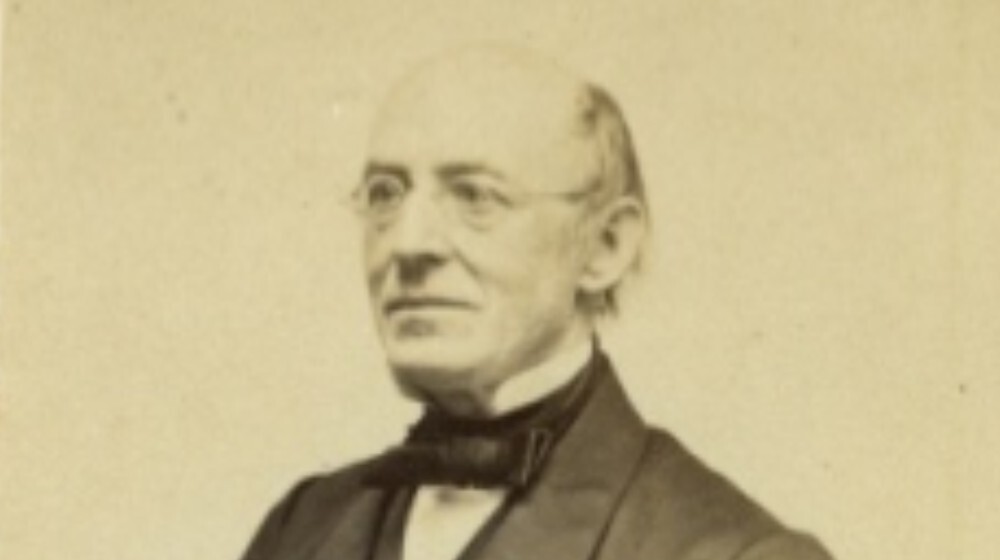Liberty Party Political Abolitionists
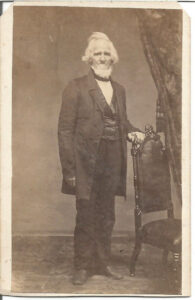
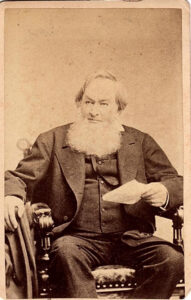
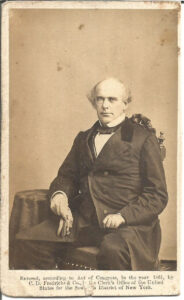
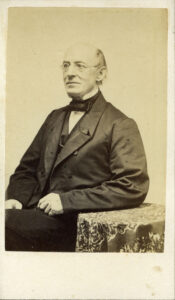
The Background
The beginnings of The Liberty Party liberal abolitionists go back to 1831, when William Lloyd Garrison publishes his Liberator newspaper in Boston and assumes leadership over the abolitionist movement in America. He rejects the U.S. Constitution and the federal government as instruments perpetrating slavery, and argues that only “moral suasion,” the power of words and lectures, can put an end to the national sin.
While Garrison’s American Anti-Slavery Society starts up in 1833, some abolitionists feel that the pace of reforms is too slow and that a new strategy is needed. This faction is located mainly in New York and is centered around three philanthropists, Gerrit Smith, whose wealth is inherited from his father’s partnership with John Jacob Astor, and the Tappan brothers, Arthur and Lewis, who are successful silk merchants. They are joined by two Cincinnati men, Salmon Chase and James Birney, who argue that “political pressure” in Congress is paramount.
The Female Suffrage and birth of the Liberty Party
The two groups gradually diverge in the 1830’s when Garrison further denounces the government and also calls for another radical idea, female suffrage (learn more about the Battle for Gender Equality). On November 13, 1839 the schism is completed as the New York wing agrees on a charter for “The Liberty Party,” a name chosen by Smith:
Resolved that…the action of Christian freemen requires of the Abolitionists to
organize a distinct and independent political party, embracing all means for
nominating candidates and sustaining them by public suffrage.
A convention follows in Albany, with 121 delegates from six states selecting James Birney to run for U.S. President. The Kentucky-born Birney becomes a fierce advocate for abolition after years as a slave owner and planter in Huntsville, Alabama. His religion-driven conversion takes place in 1834 and he moves to Cincinnati in 1835, connecting with Salmon Chase, Harriet Beecher Stowe, and Theodore Weld.
Despite their activist zeal, the notion of emancipating those enslaved and assimilating them into white society is almost universally rejected at the time in both the South and North. Declared abolitionists are subject to verbal and physical assaults at any moment. In 1834 a mob in New York City ransacks the Tappans’ residence and attempts to capture both men. In 1835 Garrison is kidnapped and nearly lynched by protesters in Boston.
This public opposition is evident in the meager support shown for the Liberty Party at the ballot box. In 1840, Birney gets only 7,453 votes or 0.3% of the total cast. In 1844 he jumps to 62,103 ballots, but still only 2.3% of the total.
These results lead Salmon Chase, the movement’s most astute politician, to search for ideas that could broaden public opposition to slavery. His first involves abolition in the District of Columbia which draws some support in Congress. But it is his second that will eventually provide a breakthrough. It avoids the call for total emancipation in favor of opposing the “spread of slavery” into the western lands acquired in the 1846 Mexican War. The rationale being that the “dignity of white labor” depends on maintaining the land as “free soil for free men” devoid of enslaved workers.
Transition into the Republican Party
In 1848 the Liberty Party has essentially faded away, while Chase’s “Free Soil Party” garners 10.1% of all ballots, with ex-President Martin Van Buren heading the ticket. Six years later the Free Soilers transition into the Republican Party and in 1860 it elects Abraham Lincoln, not on the promise of abolishing slavery but of banning its spread.
